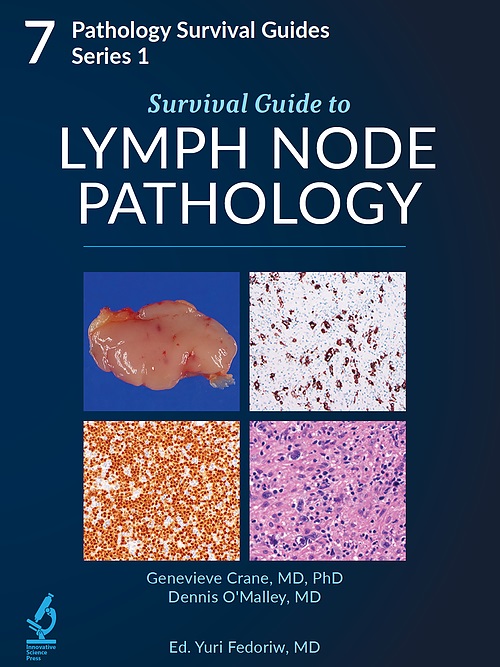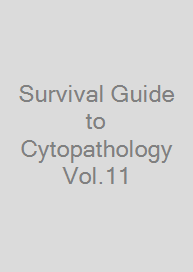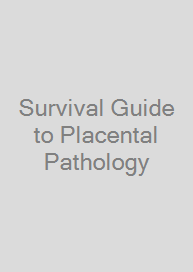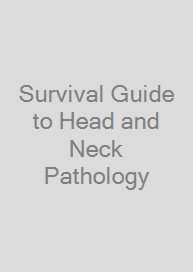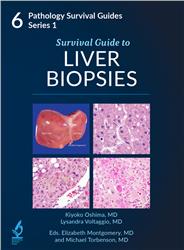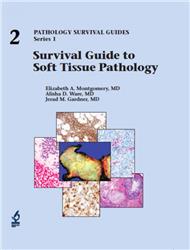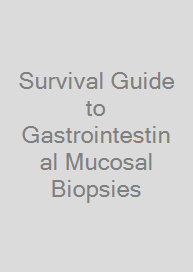Survival Guide to Lymph Node Pathology
Pathology Survival Guides Vol. 7
| Auflage | 2021 |
| Seiten | 353 pp. |
| Verlag | Innovative Pathology Press |
| ISBN | 9781734491654 |
| Artikel-Nr. | 564856 |
Lieferzeit ca. 5 Wochen
Produktbeschreibung
Hematopathology has become an area of increasing focus for subspecialty sign-out. However, lymph nodes are commonly encountered in both surgical pathology and cytopathology practice, and a practical approach to screen these specimens is needed by all pathologists. The Survival Guide to Lymph Node Pathology is unique amongst textbooks in providing a systematic approach to lymph node evaluation to identify abnormalities based on anatomic site, lymph node compartment and morphologic patterns. The approach combined with detailed images will enable even the hematopathology novice to quickly gain confidence and diagnostic acuity with these potentially challenging specimens.
The first two chapters give a general approach to lymph node evaluation, and subsequent chapters help the reader to further narrow their differential diagnosis in specific categories such as small and large B-cell lymphomas, T-cell lymphoma, infectious processes and immunosuppression-related lymphoproliferative disease. There is an emphasis on efficient and effective use of ancillary testing, impacting not only cost but also the ability to arrive at the best diagnosis when biopsy material may be limited. The text is entirely up to date with the 2017 Revised WHO monograph such that it can be used as an aid in routine sign out. Molecular and cytogenetic testing as well as other biomarkers which are informative for diagnosis, prognosis and treatment are also indicated.
Crane and O’Malley provide you with their best tips, tables and diagnostic pearls and raise awareness of potential pitfalls to avoid. While the array of diagnostic entities in hematopathology may be daunting, the text provides a concise, clear approach to lymph node pathology to make it accessible and interesting to the non-specialist and budding specialist alike.
The first two chapters give a general approach to lymph node evaluation, and subsequent chapters help the reader to further narrow their differential diagnosis in specific categories such as small and large B-cell lymphomas, T-cell lymphoma, infectious processes and immunosuppression-related lymphoproliferative disease. There is an emphasis on efficient and effective use of ancillary testing, impacting not only cost but also the ability to arrive at the best diagnosis when biopsy material may be limited. The text is entirely up to date with the 2017 Revised WHO monograph such that it can be used as an aid in routine sign out. Molecular and cytogenetic testing as well as other biomarkers which are informative for diagnosis, prognosis and treatment are also indicated.
Crane and O’Malley provide you with their best tips, tables and diagnostic pearls and raise awareness of potential pitfalls to avoid. While the array of diagnostic entities in hematopathology may be daunting, the text provides a concise, clear approach to lymph node pathology to make it accessible and interesting to the non-specialist and budding specialist alike.

Bleiben Sie informiert!
Melden Sie sich für den frohberg.de-Newsletter an und nutzen Sie jetzt Ihre Vorteil:- Willkommens-Dankeschön: Beatmungsmaske Rescue Me
- Aktuelle Neuerscheinungen und Empfehlungen
- Exklusive Angebote und Kongress-Highlights
